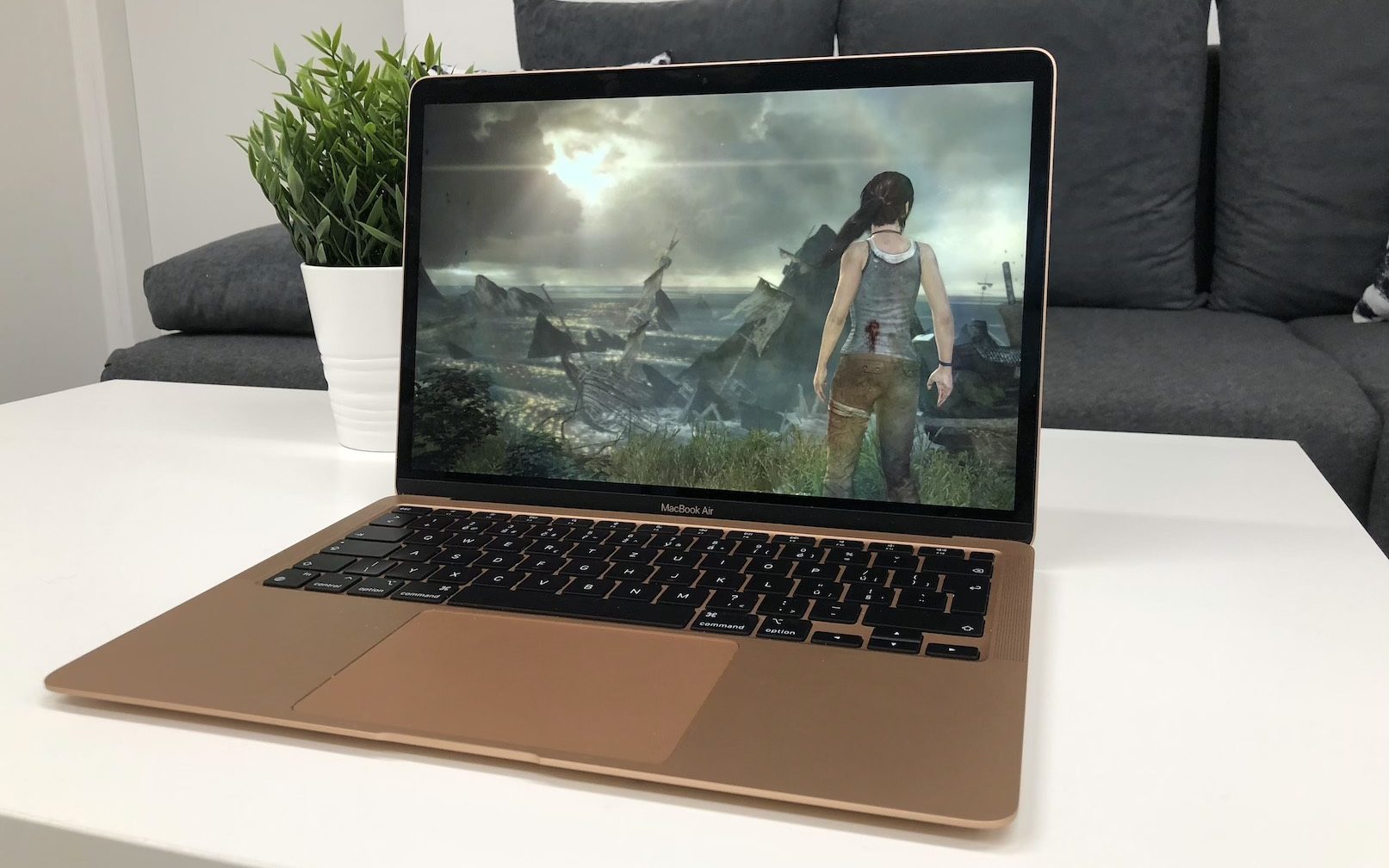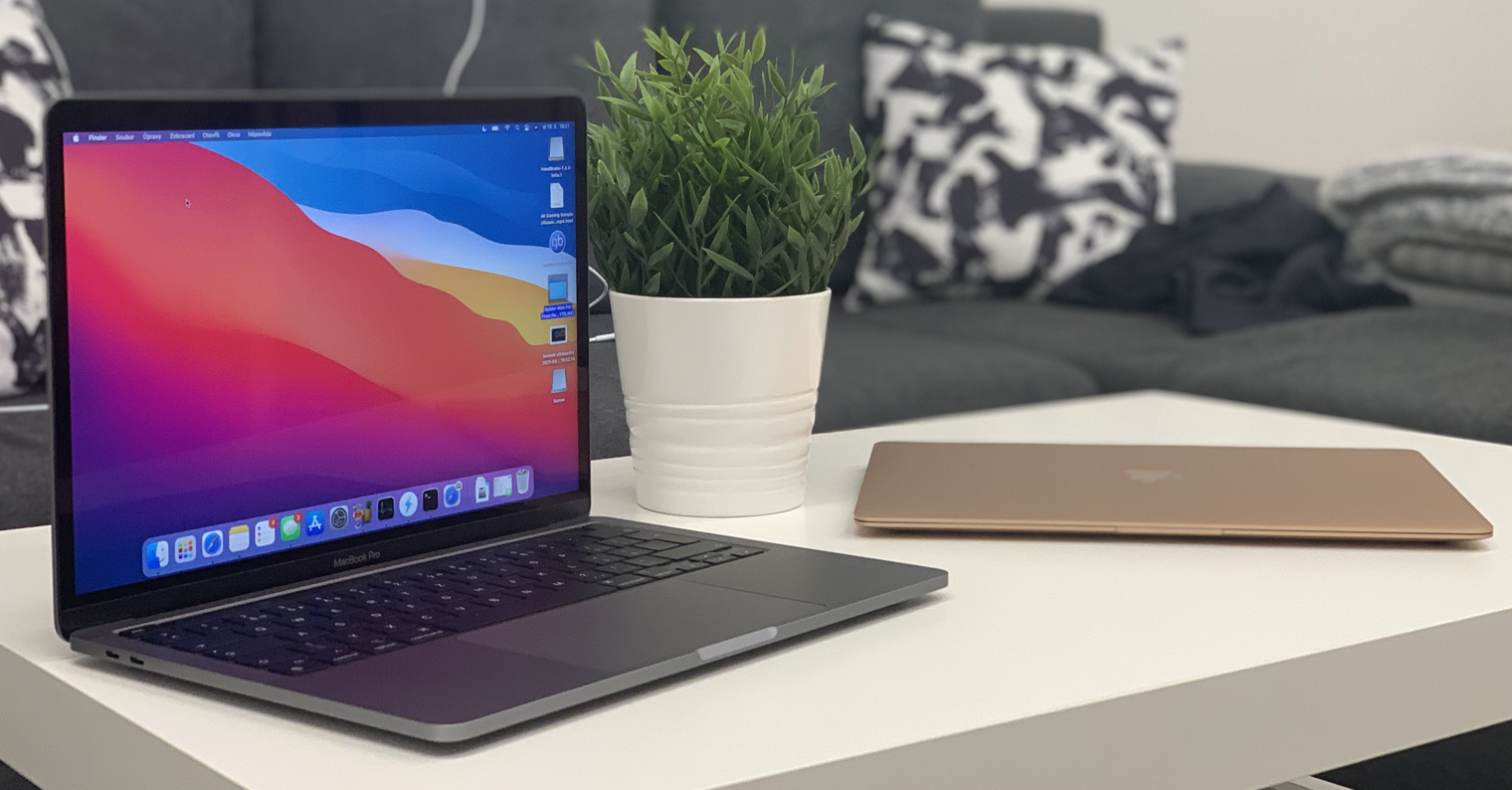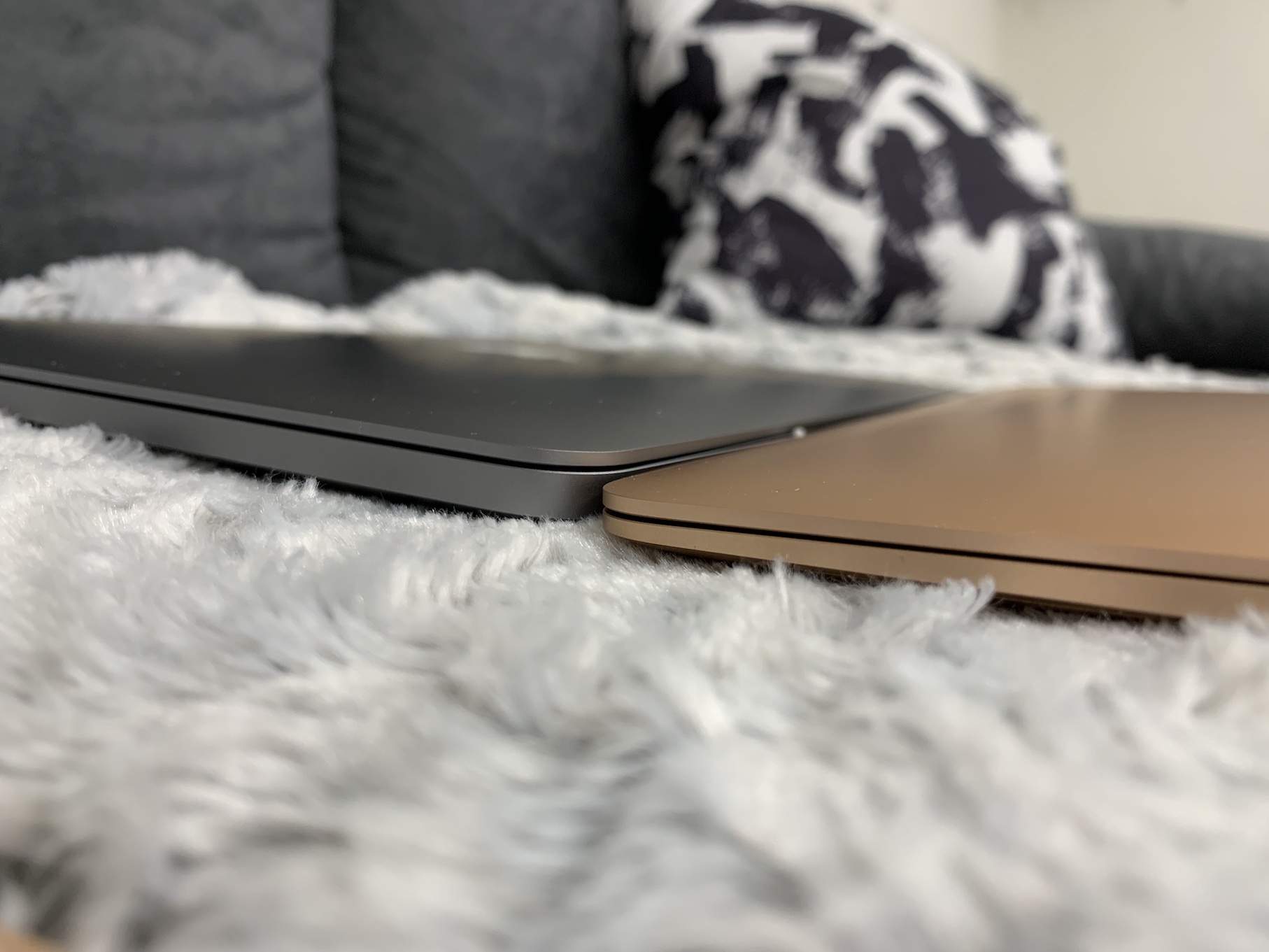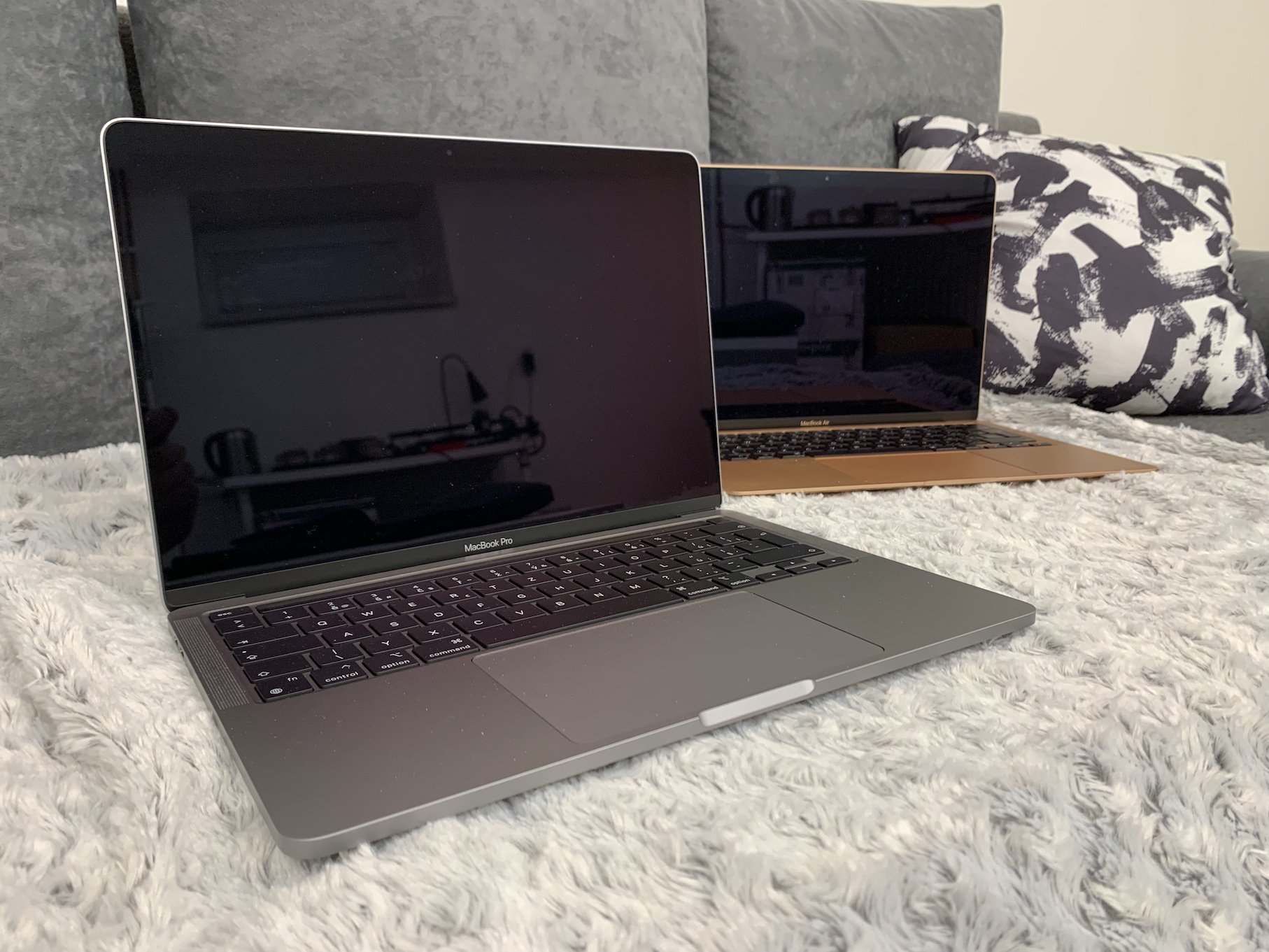If you are one of our regular readers, we probably do not need to remind you that we currently have a MacBook Air M1 and a 13″ MacBook Pro M1 in the editorial office for a long-term test. We have already published several articles on our magazine where you can learn more about how these devices perform. If we were to summarize it, it can be said that Macs with the M1 can beat Intel processors on practically all fronts - we can mention mainly performance and endurance. There have also been some changes in the cooling systems of Apple computers with the M1 - so in this article we will look at them together, at the same time we will also talk more about the measured temperatures during various activities.
It could be interest you
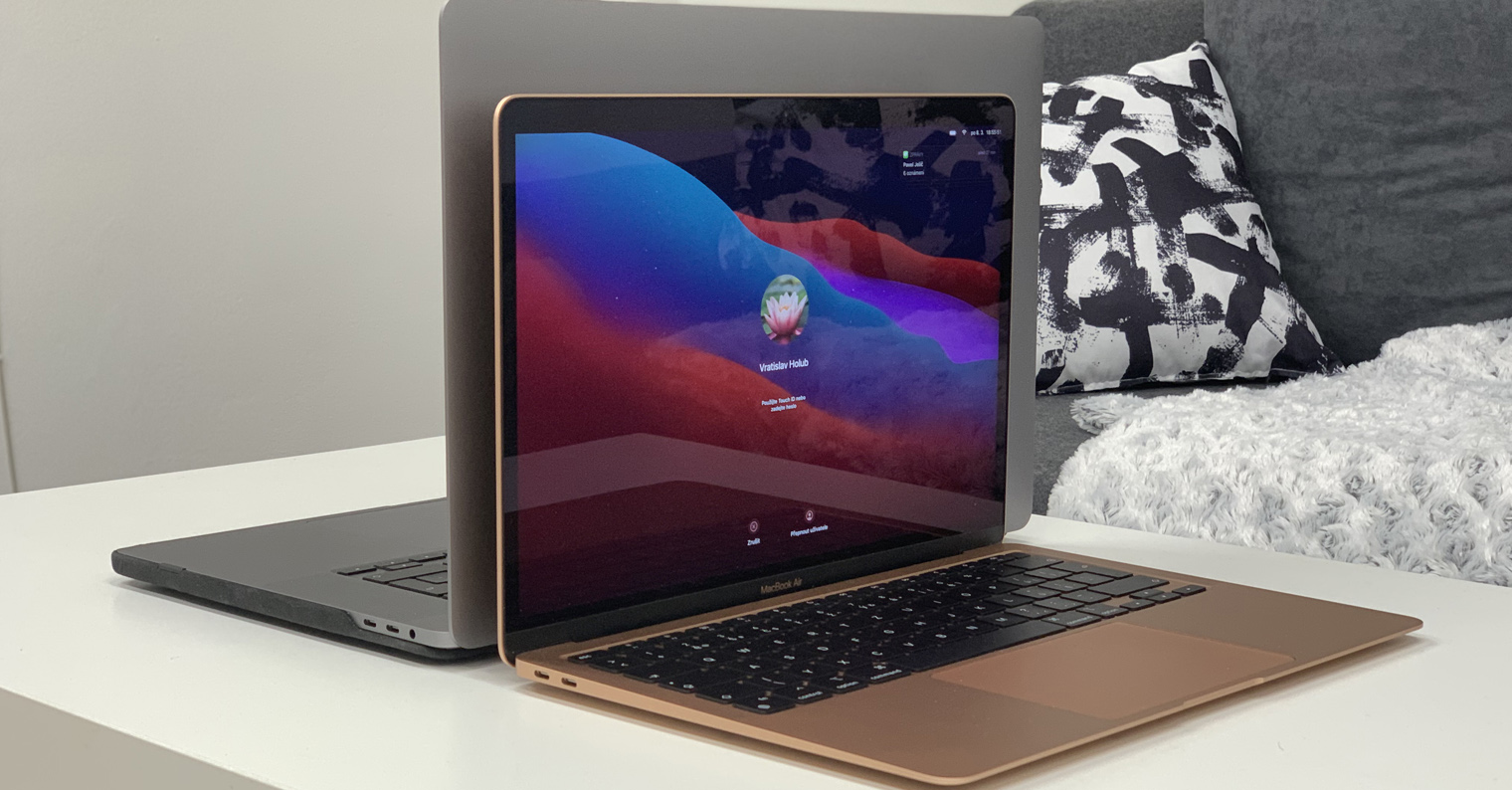
When Apple introduced the first Apple computers with M1 chips a few months ago, practically everyone's jaw dropped. Among other things, it was also due to the fact that the Californian giant could afford to significantly change the cooling systems thanks to the high efficiency of the M1 chips. In the case of MacBook Air with M1, you will not find any active element of the cooling system. The fan has been completely removed and the Air s M1 is cooled only passively, which is completely sufficient. The 13″ MacBook Pro, together with the Mac mini, still has a fan, however, it sounds really rare – for example, during long-term load in the form of video rendering or playing games. So whichever Mac you decide to buy with the M1, you can be sure that they will run virtually silently, without worrying about overheating. You can read more about the performance differences between the MacBook Air M1 and the 13″ MacBook Pro M1 in this article.
Now let's take a look at the temperatures of the individual hardware components of both MacBooks. In our test, we decided to measure the temperatures of the computers in four different situations - in idle mode and while working, playing and rendering video. Specifically, we then measured the temperatures of four hardware components, namely the chip itself (SoC), graphics accelerator (GPU), storage and battery. These are all temperatures that we are able to measure using the Sensei application. We decided to place all the data in the table below - you would lose track of them within the text. We can only mention that the temperatures of both Apple computers are very similar, during most activities. The MacBooks were not connected to power during the measurement. Unfortunately, we do not have a laser thermometer and are not able to measure the temperature of the chassis itself - however, we can say that in sleep mode and during normal work, the body of both MacBooks remains (ice) cold, the first signs of heat can be observed during long-term load, i.e. for example, when playing or rendering. But you definitely don't have to worry about slowly burning your fingers, as is the case with Macs with Intel processors.
You can buy MacBook Air M1 and 13″ MacBook Pro M1 here
| Macbook Air M1 | 13″ MacBook Pro M1 | ||
| Rest mode | SoC | 30 ° C | 27 ° C |
| GPU | 29 ° C | 30 ° C | |
| Storage | 30 ° C | 25 ° C | |
| Battery | 26 ° C | 23 ° C | |
| Work (Safari + Photoshop) | SoC | 40 ° C | 38 ° C |
| GPU | 30 ° C | 30 ° C | |
| Storage | 37 ° C | 37 ° C | |
| Battery | 29 ° C | 30 ° C | |
| Playing games | SoC | 67 ° C | 62 ° C |
| GPU | 58 ° C | 48 ° C | |
| Storage | 55 ° C | 48 ° C | |
| Battery | 36 ° C | 33 ° C | |
| Video render (Handbrake) | SoC | 83 ° C | 74 ° C |
| GPU | 48 ° C | 47 ° C | |
| Storage | 56 ° C | 48 ° C | |
| Battery | 31 ° C | 29 ° C |
 Flying around the world with Apple
Flying around the world with Apple 


